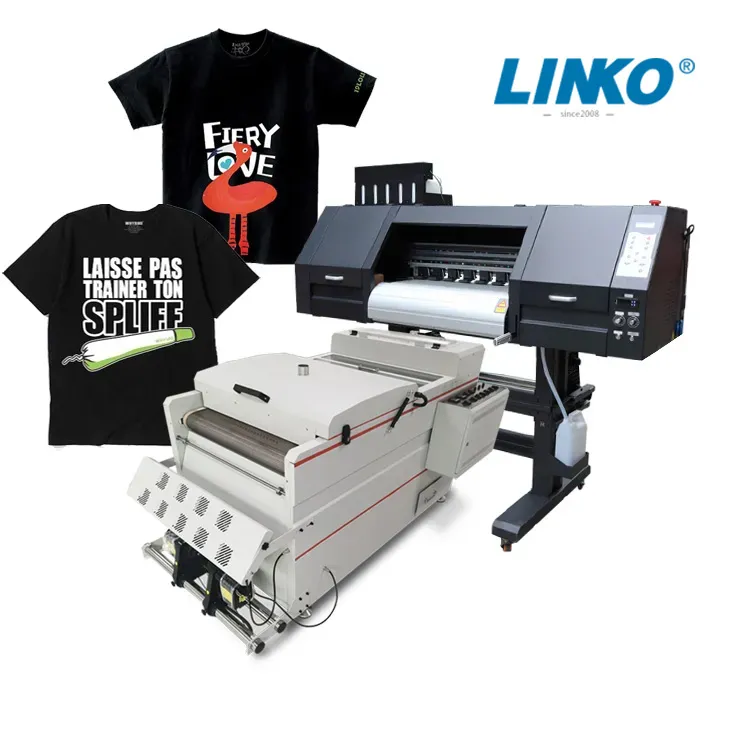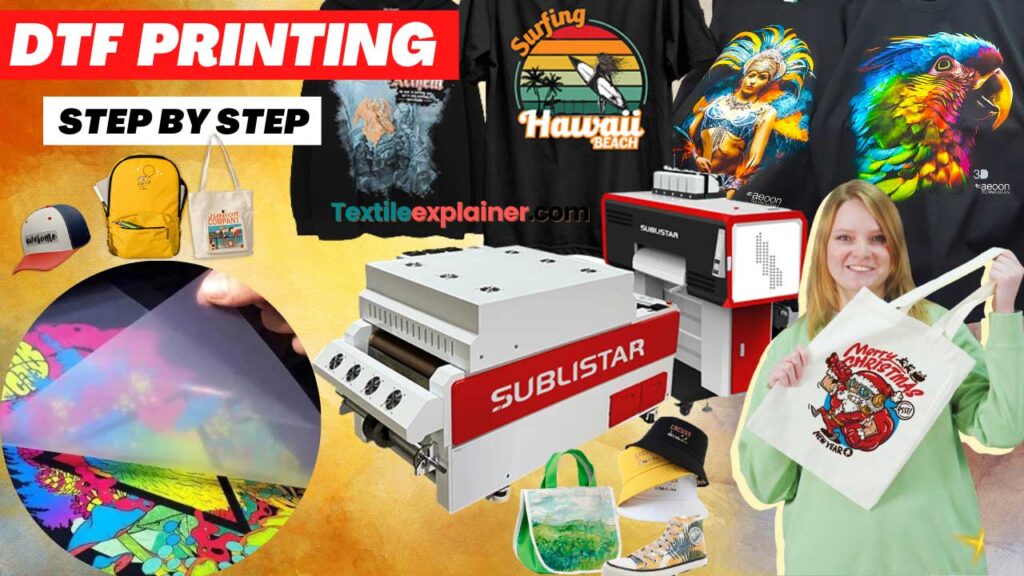The Ultimate DTF Printing Overview: Techniques, Products, and Applications
The Ultimate DTF Printing Overview: Techniques, Products, and Applications
Blog Article
Mastering DTF Printing: Tips and Tricks for Getting Vibrant and Sturdy Prints
On the planet of textile printing, accomplishing durable and vivid prints is a sought after ability that can elevate the high quality of your outcome. Understanding DTF (Direct to Movie) printing needs a mix of technical knowledge, precision, and attention to detail. From selecting the best materials to adjust print settings and refining post-printing completing methods, there are various aspects that can affect the result of your prints. Recognizing exactly how to browse these details can make all the difference in between a sub-par result and a truly remarkable one.

DTF Printing Essentials
For those new to the globe of textile printing, comprehending the fundamentals of DTF printing is necessary to mastering this innovative method. Direct to Film (DTF) printing is a contemporary technique that involves moving styles from an unique film onto various fabrics making use of a heat press. Unlike standard approaches like screen printing, DTF offers benefits such as dynamic shades, elaborate detailing, and the ability to print on varied products like cotton, polyester, and blends.
The procedure starts by printing the layout on a special DTF movie utilizing a compatible printer with CMYK or CMYKW ink sets. When the layout is published, it is then cured with a warmth press to create a long lasting and resilient print. DTF printing is recognized for its capability to replicate complex layouts with high accuracy and color accuracy, making it a prominent choice for organizations seeking to create custom apparel, promotional things, and much more.
Picking the Right Products

Equally important is the option of the adhesive powder. The glue powder acts as a bonding agent in between the published style and the material, so it needs to have solid bond properties to ensure a sturdy and lasting transfer. Various fabrics might need various types of glue powders, so it is crucial to match the powder to the fabric type for optimum results - DTF Printing. By carefully choosing the best materials for DTF printing, printers can improve read review the top quality, vibrancy, and longevity of their prints.
Optimizing Print Setups
When aiming to attain the very best lead to DTF printing, thorough interest to optimizing print setups is critical for ensuring accurate and top notch transfers onto fabrics. One vital aspect to think about when optimizing print setups is the resolution. Higher resolutions commonly cause sharper and much more in-depth prints, enhancing the total top quality of the transfer. In addition, adjusting the ink density can help attain vivid colors and make sure that the layout sticks out on the material.
While raising the speed can improve performance, it may jeopardize the final print's clarity and color saturation. Exploring with different speeds and observing the results can assist identify the optimum setup for each print task.
In addition, make improvements shade profiles and making certain appropriate color administration are important for attaining precise and consistent shades across various prints. By adjusting color settings and accounts, printers can minimize shade deviations and create consistent results, boosting the total print quality and client fulfillment.
Preparing Artwork for DTF Printing
Transform the art work to CMYK shade setting to make sure that the shades translate precisely from display to print. Keep in mind to mirror the final layout prior to publishing to make sure that it moves properly onto the garment. By following these steps and paying close attention to the information, you can prepare art work that is enhanced for lively and long lasting DTF prints.
Post-Printing Finishing Techniques
Implementing efficient post-printing ending up strategies is essential to enhancing the resilience and visual charm of DTF prints on textiles. Once the printing process is full, applying warmth to the printed layout is crucial.
Once the film is removed, the print might need extra curing time to further set the ink into the material. This action assists improve the washability and longevity of the print, guaranteeing it can withstand several wash cycles without fading or splitting.
Additionally, cutting any kind of excess film around the design can give get redirected here the last print a tidy and specialist look. Making the effort to properly complete DTF prints post-printing can significantly impact the general high quality and durability of the textile design.

Final Thought
Finally, understanding DTF printing requires a complete understanding of the essentials, choosing suitable materials, maximizing print settings, preparing art work properly, and making use of post-printing completing techniques. By following these tricks and pointers, one can accomplish vivid and resilient prints that fulfill their desired quality requirements. Regular technique and interest to information are important in achieving successful outcomes in DTF printing.
From selecting the right products to adjust print setups and refining post-printing finishing techniques, there are countless elements that can affect the result of your prints. Unlike standard methods like screen printing, DTF provides advantages such as dynamic colors, elaborate outlining, and the ability to print on varied use this link products like cotton, polyester, and blends.
When the layout is published, it is after that healed with a heat press to produce a durable and lasting print.When aiming to achieve the finest results in DTF printing, meticulous focus to enhancing print settings is important for guaranteeing specific and premium transfers onto textiles.In conclusion, grasping DTF printing needs a complete understanding of the basics, choosing appropriate materials, maximizing print settings, preparing artwork successfully, and using post-printing finishing methods.
Report this page